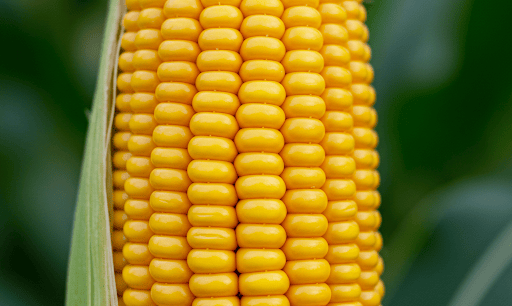Tackling Malnutrition with Quality Protein Popcorn: Innovation by Friesland
SUSTAINABILITYALTERNATIVE PROTEINS


This is an AI generated illustration and does not represent actual product or service.
In the evolving landscape of nutrition, FrieslandCampina has developed a new food product that addresses the critical need for protein-enriched foods that can combat malnutrition. By leveraging Quality Protein Popcorn (QPP), the invention not only enhances protein content but ensures a sustainable and cost-effective solution to global dietary challenges.
The Nutritional Challenge
For millions across Central and South America, Africa, and Asia, maize is a dietary staple. While rich in calories, conventional maize lacks essential amino acids like lysine and tryptophan, crucial for protein synthesis. This deficit often leads to malnutrition-related conditions, including kwashiorkor and pellagra, especially in underprivileged regions.
Quality Protein Maize (QPM)—a biofortified variety—emerged as a game-changer. Developed through conventional plant breeding, QPM has nearly double the lysine and tryptophan content of traditional maize. Building on this advancement, Quality Protein Popcorn combines QPM's nutritional benefits with the versatility of popcorn, creating a nutrient-dense, functional ingredient.
Innovation by Friesland
FrieslandCampina's new patent application introduces a new method for creating protein-rich materials using puffable grains like QPP. The process can be broken down into four key steps:
Puffing the Grain
Puffable grains, such as QPP, undergo heating, causing the carbohydrate cell walls to expand while keeping protein bodies intact. This critical step preserves the nutritional integrity of the grain.Milling the Puffed Grain
The puffed grain is ground into a fine powder, maximizing its surface area for further processing.Enzymatic Digestion
Using enzymes, particularly those derived from Aspergillus oryzae, the carbohydrates in the milled grain are broken down. This enzymatic action isolates the protein components while enhancing their bioavailability.Protein Extraction and Processing
Optional steps, such as spray or freeze drying, can further refine the protein material, creating a versatile ingredient suitable for various food applications.
Applications in Food Products
The protein material derived from this process is a valuable ingredient for a range of products:
Infant and Young Child Nutrition: The high lysine and tryptophan content make it ideal for infant formula and growing-up milk.
Sports and Adult Nutrition: Protein powders, bars, and supplements can benefit from its enhanced amino acid profile.
Functional Foods: Dairy products like yogurt and cheese, along with desserts and hypoallergenic foods, can incorporate this ingredient.
The versatility of the ingredient ensures it can provide up to 95% of the total protein content in a food product, depending on the application.
Addressing Global Needs
The patent has significant implications for combating malnutrition globally:
Affordability and Accessibility: By using QPP, a sustainable and high-yield grain, this process provides an affordable solution to protein deficiencies.
Taste and Acceptability: The popcorn-based product aligns with traditional dietary habits, improving consumer acceptance.
Nutritional Efficacy: The increased levels of essential amino acids ensure a balanced protein profile, supporting growth and development, especially in vulnerable populations.
By combining the nutritional benefits of QPM with the technological prowess of enzymatic processing, this innovation not only offers a functional food ingredient but also underscores the potential of science-driven solutions to improve lives worldwide.
